Do you have a question about this product?
Ask us your question
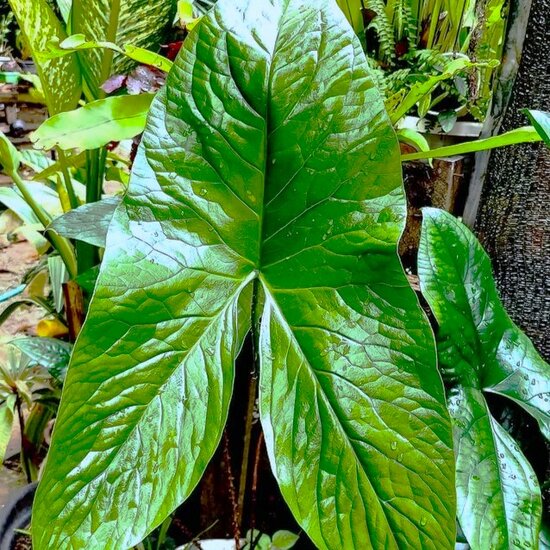
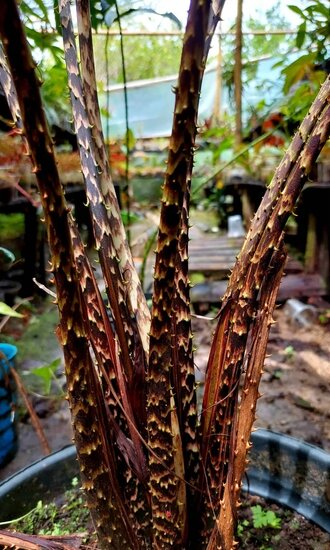
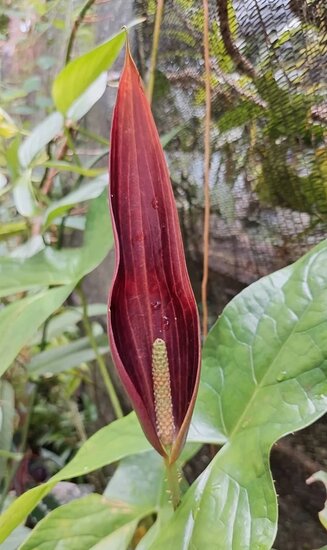
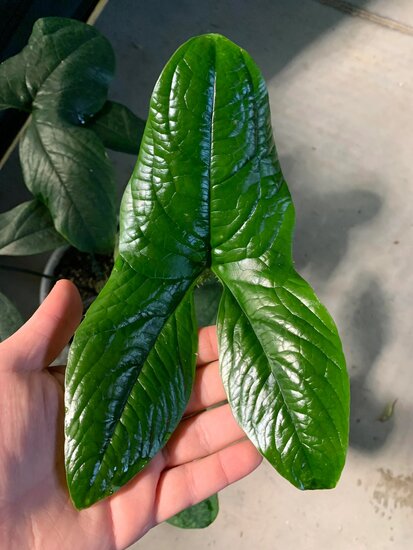
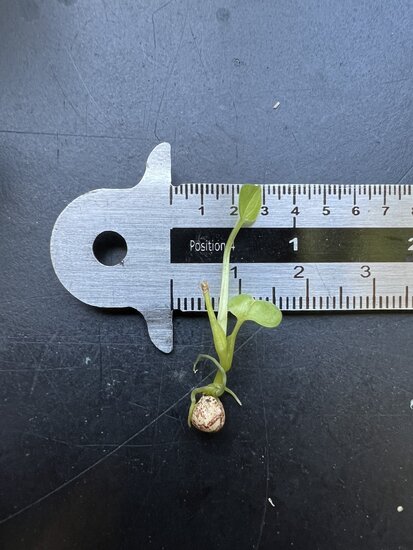





Product description
This species has striking hastate leaves that can reach up to 90 cm in the tropics. The petiole is mottled and covered with spines at the base. It is a rare species from the lowland rainforests of New Guinea and some small offshore islands. There, it can also occur in marshy areas that flood part of the year. Growth occurs from an underground rhizome and the height of the plant can eventually reach up to 1.5 metres. The inflorescence consists of a greenish-purple spathe and a greenish-yellow spadix. After pollination, the flowers are followed by orange fruits containing 1 seed.Provide a light spot without direct sunlight and a well-drained soil with plenty of organic matter. You can water the plant as soon as the soil is dry. In addition, the plant likes high humidity (>70%) and relatively high temperature (25-30grC). If humidity is difficult to achieve, you can spray the leaves with water regularly.
Sowing description: The already germinated seed can further develop into Spaghnum moss. After formation of the first leaves, it can be repotted in an airy soil mixture with e.g. Spaghnum, peat, coconut fibre and/or other organic material.
Product specification
Family:
Araceae
Scientific name:
Cyrtosperma macrotum
Common name:
Cyrtosperma
Native to:
New Guinea
Sowing time:
All year round
Difficulty level:
Intermediate
Minimum temperature:
15 degrees Celsius
Do you have a question about this product?
Ask us your question
Product specification
Family:
Araceae
Scientific name:
Cyrtosperma macrotum
Common name:
Cyrtosperma
Native to:
New Guinea
Sowing time:
All year round
Difficulty level:
Intermediate
Minimum temperature:
15 degrees Celsius
Add review
Write a review about this product.
Reviews
No reviews yet



